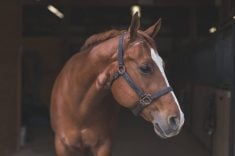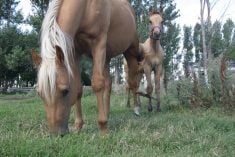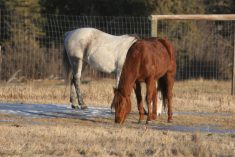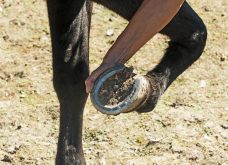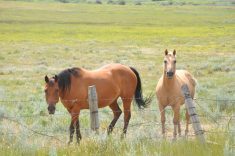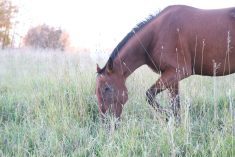Horses have been an integral part of human life for millennia, serving as companions, labourers and athletes. To excel in these roles, they’ve learned and adapted.
A good learning environment is about more than repetition. What makes a horse a good learner? What kind of learning are we really talking about? A holistic approach is essential to understand the ‘horse student’ and then use that knowledge to shape the learning process.
It’s important to recognize that the horse has thoughts, feelings and perspectives that build its understanding of the world through experiences. By considering a horse’s natural traits, comfort zones and environmental influences (such as different human trainers) from the horse’s perspective, we can cultivate a more engaged and willing “horse student.”
Read Also
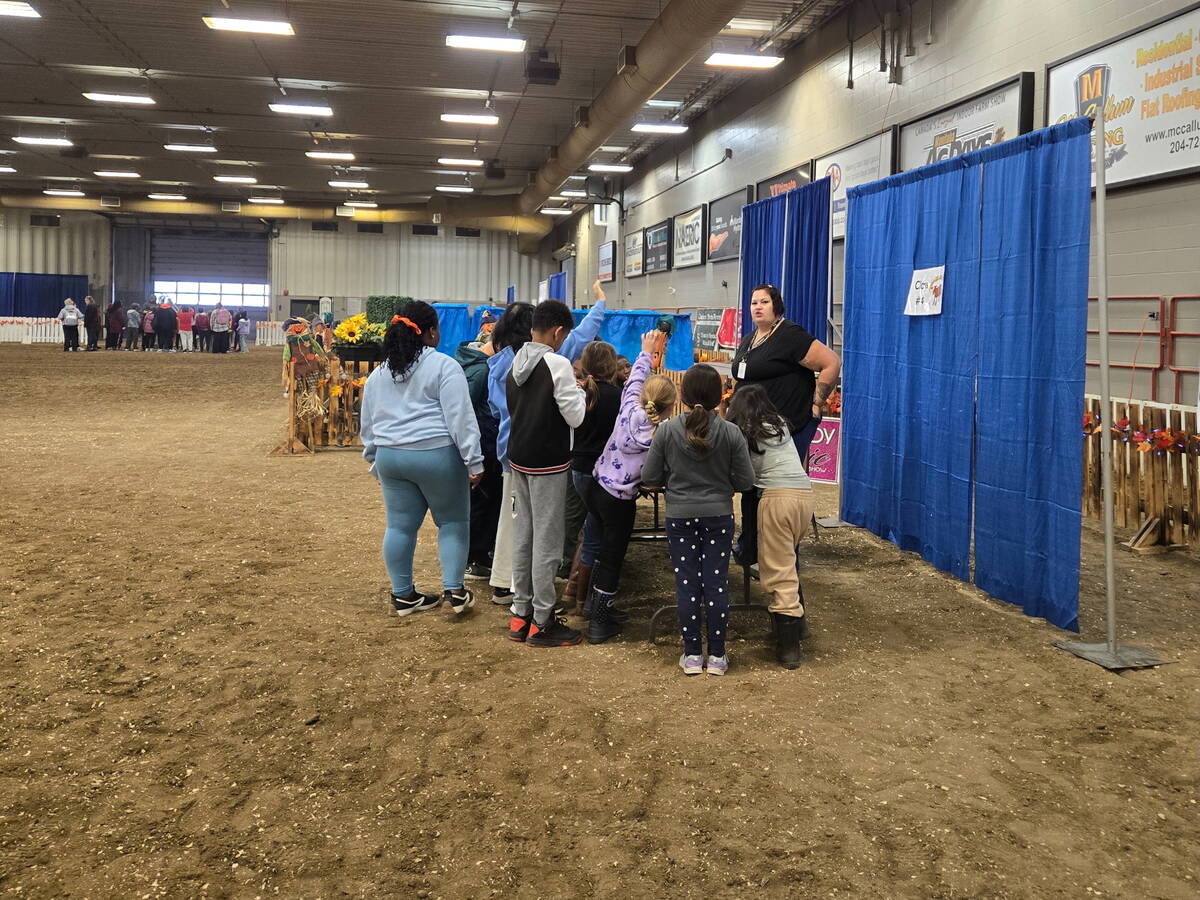
Hands-on with agriculture draws students to AG EX
Urban students flock to MooMania and EweMania at Manitoba AG EX 2025 to get a taste of cattle and sheep production and where their food comes from
Many great trainers have championed ideas like, “set it up and wait,” “don’t make them do it; help them do it,” and “set it up so the horse makes a decision.”
These expressions emphasize the importance of patience, allowing the horse to mentally engage in the learning process. These experts advocate for creating an environment in which the horse can succeed through guidance and support rather than coercion or forced compliance.
Instincts
At the heart of these teachings is recognition that a horse is deeply attuned to its sense of self preservation. It’s always seeking reassurance that it’s in a safe environment. That sense is often overlooked and is shaped by a unique combination of factors for each horse.
A more patient style helps the horse participate more positively in the learning process rather than reacting out of self preservation. Triggers that provoke fear-based responses, such as freezing, fleeing or fighting, can lead to survival-driven learning. This restricts the horse’s capacity to engage in the more nuanced learning necessary for growth and development.
It’s important to recognize that fear, isolation and restraint are significant sources of stress for horses and greatly affect their learning process.
Horses, like humans, possess diverse temperaments, aptitudes and abilities. For example, Arabian horses are generally more sensitive, reactive and quick to flee compared to typically calmer and more steady Fjord horses.
Beyond inherent genetic traits, external factors and environment play an instrumental role in shaping these characteristics.
Meeting a horse’s basic needs, also known as the three Fs: forage, freedom and friends, is essential. The horse is more likely to be calm, curious and receptive to learning when these needs are fulfilled. Horses that are well cared for and socialized with other horses and humans tend to exhibit greater confidence and be more open to new experiences.
Early life
It’s essential to consider a young horse’s early experience with humans. These first interactions and impressions can have a lasting impact on their relationship with people.
Foals often mimic their dam’s emotional responses to humans. If they see their dam having positive interactions with handlers, they are more likely to approach humans with curiosity rather than fear, aversion or avoidance. Building a strong, positive relationship between dam and human handler helps lay a solid foundation for the young horse’s perception of humans.
Physical health
For a “horse student” to learn effectively, it must be in good physical condition. Pain, malnutrition or discomfort can disrupt focus and engagement.
Diet directly affects mental clarity and energy levels, so a balanced, forage-based diet is central for learning. A horse that is underfed, overfed or given a diet with processed feedstuffs may become either lethargic or hyperactive, either of which can hinder learning.
Pain, whether from injury, poor saddle fit, hoof problems, dietary issues or dental discomfort, can cause distraction and resistance to training. It is essential to promptly address any signs of discomfort.
Maintaining good fitness is also important, as an unfit horse may tire easily, leading to frustration or even injury.
Minimal stress
Horses are highly sensitive to their surroundings, so minimizing external stressors allows them to focus on learning rather than survival. Sudden changes in their environment, feeding, social groups or management routines can cause confusion and anxiety, which may hinder learning until the horse has time to adjust.
Dr. Steve Peters (horsebrainscience.info) is a neuroscientist with a deep understanding of equine brain function and behaviour. He emphasizes that horses learn best when motivated by internal rewards, such as curiosity and the satisfaction of solving problems.
These intrinsic rewards encourage deeper mental engagement and promote sustained learning. Horses develop a sense of ownership over their learning process, making them more compliant, confident and safer to handle.
By gaining a deeper understanding of a horse’s sense of self-preservation, health and perspective on intrinsic rewards, trainers can unlock the horse’s full learning potential. This approach cultivates exceptional partnerships and promotes the well-being of both parties in any discipline.




